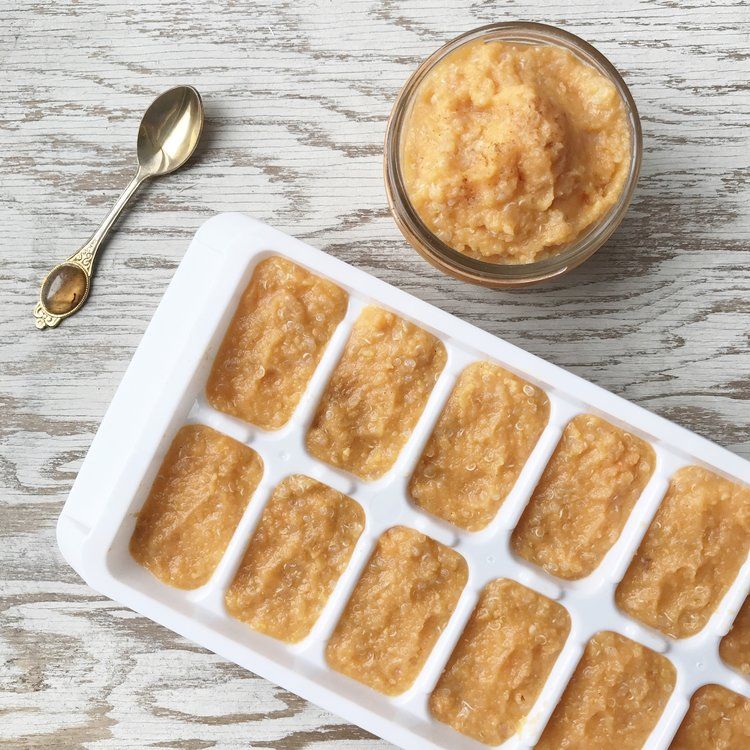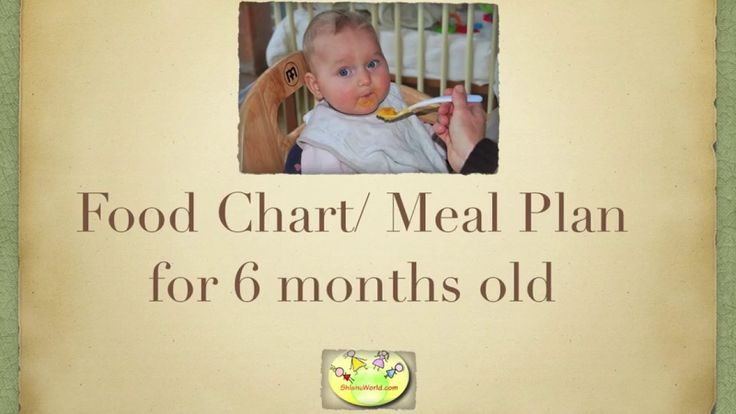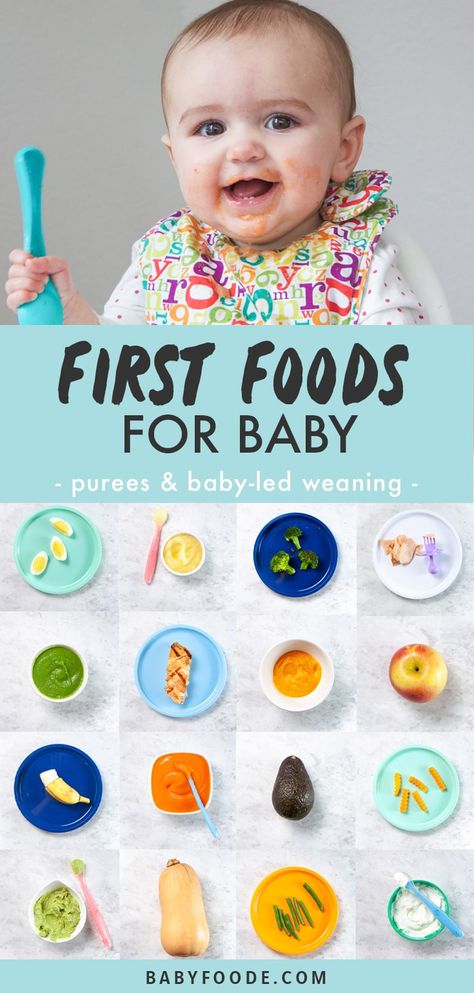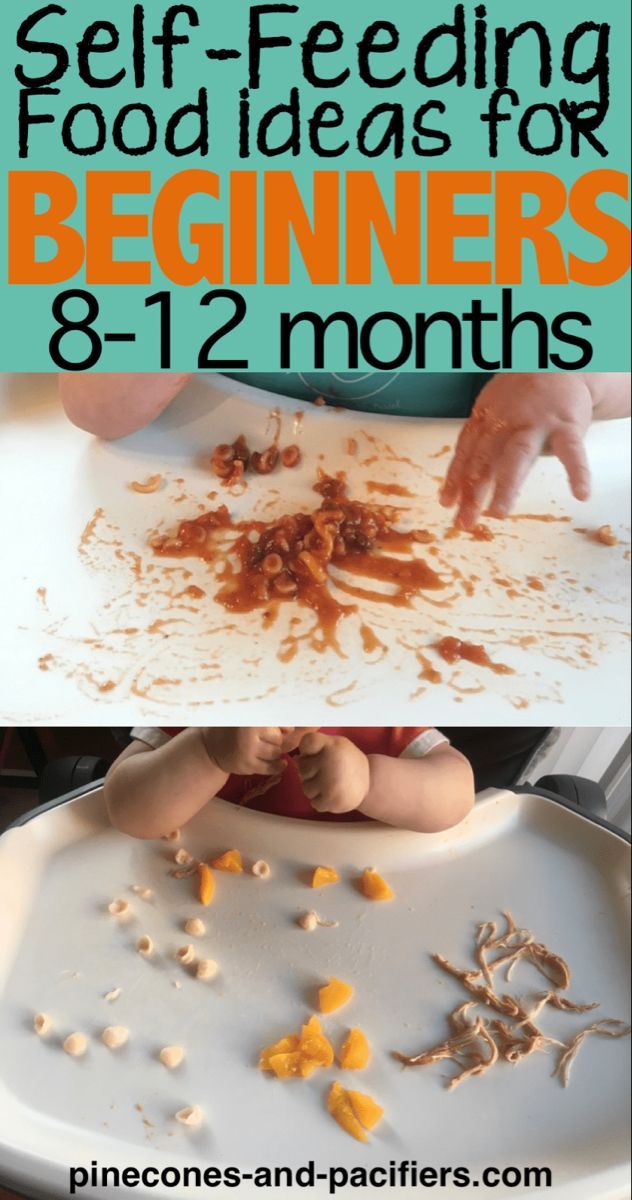Baby feeding systems
Supplemental Nursing System (SNS) | baby feeding
The Supplemental Nursing System (SNS) is a supply line feeder consisting of a container filled with supplementary milk that is clipped securely to a bra strap, shirt or pillow. Whilst the baby is latched at the breast / chest, a thin, flexible tube is placed alongside the nipple into the baby's mouth and a controlled and consistent flow of milk is released as they feed.
1x TwistLok Lid
1x 150ml Container & Lid
1x Clamp
1x TwistLok Tube
1x Clip
1x Ring
1x Cleaning Aid
1x Instructions for use
1. Who is the Supplemental Nursing System (SNS) for?
Medela’s Supplemental Nursing System (SNS) can be used by mothers and parents who wish to supplement milk at the breast / chest, and support non-lactating mothers and parents including adoptive, surrogate, same sex, transgender and non-binary parents to create a breastfeeding / chestfeeding experience. It can also be used for infants who cannot maintain vacuum long enough.
2. How do I clean the Supplemental Nursing System (SNS), especially the tube?
The Supplemental Nursing System (SNS) can be easily cleaned at home. Before first use and after each use, clean all the components in plenty of warm soapy water, then rinse with clean water and dry with a clean cloth or leave to dry on a clean cloth. Use the specialty Cleaning Aid to effectively and easily clean the tube by flushing it with warm, soapy water (3 times), then clean water (3 times), and finally with air until its visibly dry. Then, further clean the Container, TwistLok Lid, Valve and Lid components before first use and once daily in boiling water for 5 minutes, in a dishwasher or in the microwave using Medela's Quick Clean bags. For a full set of detailed cleaning instructions please read our Instructions for Use, as well as the SNS How To Video and SNS QuickCard.
3. How do I use the Supplemental Nur sing System (SNS)?
The Medela Supplemental Nursing System (SNS) is specifically designed to be easy to use. After the SNS is cleaned, assembled (with the flow stop engaged) and filled with the required amount of milk, clip the device securely to a bra strap, top or pillow. Position the baby at the breast / chest. Once a good latch is established, gently insert the thin, flexible tube 1.5 -2cm into the top corner of the baby's mouth alongside the nipple. Open the flow clamp to the let the milk flow. With the help of gravity and the advanced venting system, a controlled and consistent flow of milk is released to the baby as they feed. For further information on how to use the SNS, please read our Instructions for Use, as well as the SNS How To Video and SNS Quick Card.
After the SNS is cleaned, assembled (with the flow stop engaged) and filled with the required amount of milk, clip the device securely to a bra strap, top or pillow. Position the baby at the breast / chest. Once a good latch is established, gently insert the thin, flexible tube 1.5 -2cm into the top corner of the baby's mouth alongside the nipple. Open the flow clamp to the let the milk flow. With the help of gravity and the advanced venting system, a controlled and consistent flow of milk is released to the baby as they feed. For further information on how to use the SNS, please read our Instructions for Use, as well as the SNS How To Video and SNS Quick Card.
4. How long can I use the Supplemental Nursing System (SNS) for?
Medela’s Supplemental Nursing System (SNS) is a reusable device which is suitable for both repeated daily use for a duration of 3 months. A Healthcare Professional should be consulted with on how long to supplement for and when to transition or wean off using the SNS.
Bare® Air-free feeding system, a healthier alternative to baby bottles.
Skip to content
Bare ® Air-free, a healthier alternative to baby bottles, is designed to reduce severe gas, spit-up, daytime fuss, midnight colic, GER, GERS & diagnosed GERD. For babies 0-18 months.
- GIFT SETS
- COMBO
- BREAST
- BOTTLE
- PARTS
Beautiful and functional Bare® Air-free gift sets for all occasions
- $75.99
For severely gassy
& fussy babiesAdd to cartContinueLoadingDone - $75.99
For exclusively
breastfed babiesAdd to cartContinueLoadingDone
Use the Combo products for babies that will be (or currently are)breastfed&bottle-fed
- Sale! $20.
 99
99For babies 0-6 months
Add to cartContinueLoadingDone - $39.99
For babies 0-6 months
Add to cartContinueLoadingDone - $39.99
For babies 6+ months
Add to cartContinueLoadingDone
Use the Perfe-latch® nipple for Exclusively breastfed babies(no bottles)
- $35.99
For babies 0-6 months
& exclusively breastfed - $36.99
For babies 6+ months
& exclusively breastfedAdd to cartContinueLoadingDone - $75.99
For exclusively
breastfed babiesAdd to cartContinueLoadingDone
Use the Easy-latch® nipple for babies currently fed with traditional baby bottles using breastmilk, formula, or thickened formula
- $35.99
For babies 0-6 months
Add to cartContinueLoadingDone - $36.
 99
99For babies 6+ months
Add to cartContinueLoadingDone - $75.99
For severely gassy
& fussy babiesAdd to cartContinueLoadingDone
Industry standard recommendations for silicone parts are to be changed every 6 to 8 weeks
- $9.99
Bare® Air-free is for babies 0-18 months with severe gas, spit-up, daytime fuss, midnight colic, GER, GERS & diagnosed GERD. When to use Use Bare® Air-plug® with Bare® Air-free feeding systems only; This item is not a toy; Inspect air-plugs prior to every use. If you see any signs of tearing, cracking, or change in…
Add to cartContinueLoadingDone - $9.99
WITH FLOW-CONTROL®
Add to cartContinueLoadingDone
& ANTI-DRIP TECHNOLOGY. - $9.99
WITH FLOW-CONTROL®
& ANTI-DRIP TECHNOLOGYFor exclusively
breastfed babiesAdd to cartContinueLoadingDone
moms swear by bare®
Less spit-up, gas, and colic, less pain
Read More Less spit-up, gas, and colic, less pain
- GIFT SETS
- COMBO
- BREASTFED
- BOTTLE-FED
- PARTS
Beautiful and functional Bare® Air-free gift sets for all occasions
Use the Combo products for babies that will be (or currently are)breastfed&bottle-fed
Use the Perfe-latch® nipple for Exclusively breastfed babies(no bottles)
Use the Easy-latch® nipple for babies currently fed with traditional baby bottles using breastmilk, formula, or thickened formula
Industry standard recommendations for silicone parts are to be changed every 6 to 8 weeks
moms swear by bare®
❤❤❤❤❤ Bare Airfree stops spit-ups in this cutie suffering from reflux. “Works amazing. I used this bottle years ago for my little guy who suffered bad acid reflux to the point he was losing weight from spitting up too much but this bottle was easy to use and worked wonders. He stopped spitting up after…
“Works amazing. I used this bottle years ago for my little guy who suffered bad acid reflux to the point he was losing weight from spitting up too much but this bottle was easy to use and worked wonders. He stopped spitting up after…
Read More Bare Airfree stops spit-ups in babies
❤❤❤❤❤ “I bought these bottles when my son was a baby, so about 5 yrs ago. I absolutely loved [the bottles] Bare® Air-free. Perfect for keeping air out of babes tummy.” ~Arika Floyd
Read More I absolutely loved Bare® Air-free
❤❤❤❤❤ “Extreme gassiness, micrognathia (recessed jaw), high palate, weak tongue function, and central sleep apnea. It was very difficult to feed until Bare® Air-free. I was amazed after the first feeding I gave him. He took to it instantly…” ~ Hannah Riley
Read More Extreme gassiness gone!
❤❤❤❤❤ “At about 2 months my son started with the spit-ups and colics, crying at night. After trial and error the first few times, he’s doing so much better using the Bare® system ” ~Jennifer S.
After trial and error the first few times, he’s doing so much better using the Bare® system ” ~Jennifer S.
Read More No more spit-ups
❤❤❤❤❤ “My son has HORRIBLE reflux, he spits up everywhere in massive amounts even on reflux medicine. Since using Bare® Air-free, there has been from little to no spit up!!!!” ~Jennifer H.
Read More Bare® Air-free works better than reflux medication
❤❤❤❤❤ “He loves it. I’m so happy he has been wanting to eat upright for so long, I’m so glad I found your product” ~Heather R.
Read More Baby wanted to feed upright
❤❤❤❤❤ “I just got your {bottles} Bare Air-free feeding system in the mail and they are AMAZING. My baby took BOTH nipple types on the first try. He didn’t get any gas and there was ZERO spit-ups. Much better than the drop-ins bottles. Thank you so much!” ~Brandi CS
Read More He didn’t get any gas and there was ZERO spit-up
❤❤❤❤❤ Cindy L. a Grandma who couldn’t stand seeing her grandson, a preemie with GERD and Stridor, suffering from the severe symptoms. She stepped up and combed the internet for solutions. She found Bare® Air-free feeding system, which saved her grandson from the painful and dangerous symptoms.
a Grandma who couldn’t stand seeing her grandson, a preemie with GERD and Stridor, suffering from the severe symptoms. She stepped up and combed the internet for solutions. She found Bare® Air-free feeding system, which saved her grandson from the painful and dangerous symptoms.
Read More Preemie with GERD and Stridor
❤❤❤❤❤ Breastfeeding Twins, Twinfeeder, breastfeeding, mom-blogger, and Instagram-sensation Jennifer Mancuso uses Bare® Air-free with her twins!Head over to Instagram and wow yourself with her tandem feeding pictures!!! ~ @jennifer.mancuso
Read More Breastfeeding twins use Bare® Air-free
❤❤❤❤❤ Lip tie baby feeds with Bare® Air-free and helps to establish the breastfeeding relationship. “I had a baby with a lip tie and the Bare bottles helped tremendously during the time between birth and clipping of the lip tie.” ~ Anastasia W., The Big Latch On organizer
Read More Lip tie baby feeds with Bare® Air-free
❤❤❤❤❤ Pace feeding is not just for the breastfed baby. Isaac was bottle fed and feeding at his own pace helped him overcome fuss. “As soon as I fed Isaac with it, he loved it. He was able to drink at his own pace and looked happily satisfied, calmed and comfortable”. ~ Maria Camacho, mom…
Isaac was bottle fed and feeding at his own pace helped him overcome fuss. “As soon as I fed Isaac with it, he loved it. He was able to drink at his own pace and looked happily satisfied, calmed and comfortable”. ~ Maria Camacho, mom…
Read More Pace feeding baby Isaac
❤❤❤❤❤ Stop baby spit-up!. “I got the Bare® Air-free [bottles] as a gift for my friend’s six-week-old baby, who has acid reflux. He is no longer spitting up half of his bottle…” ~ Anna C. from Princeton MN
Read More Stop baby spit-up with Bare® Air-free
❤❤❤❤❤ Bare® is by far the best bottle for breastfed babies. When I introduced Bare to my baby, she had no hesitation to latch to it as if she was being breastfed. There was no fighting or screaming! And I have also not had any issues with going back and forth from the breast to…
Read More Best bottle for breastfed babies
❤❤❤❤❤ Breastfeeding after the NICU can be very hard, but Reba Bertrand, whose preemie baby spent some time at the hospital figured out how to breastfeed right after the NICU. “When we gave her the Bare system she started to eat so much better she was losing less milk, was starting to nurse better and…
“When we gave her the Bare system she started to eat so much better she was losing less milk, was starting to nurse better and…
Read More Breastfeeding after the NICU
❤❤❤❤❤ Less spit-up #SuperheroMom: When a Mom takes matters into her own hands to stop her baby’s pain. Put your hands together for Amanda!! #SuperheroMom feeds her baby in an upright position to stop reflux, gas, and colic.“Upright feeding is amazing. Thank you again for your amazing bottles” ~ Amanda P.
Read More Less spit-up, gas, and colic, less pain
❤❤❤❤❤ Reducing spit-ups in babies with reflux or sensitive tummies. #SuperheroMom of the week!! The Pediatrician recommended to thicken the formula with cereal but her baby’s acid reflux symptoms didn’t go away. She then took it upon herself to try Bare Air-free Feeding System by Bittylab and now he’s feeling much better!! ~ Taylor O.
Read More Reducing spit-ups in babies with reflux
bare® air-free is not your typical baby bottle
Bare® Air-free is designed to dispense air-free milk while held right side up, so babies can feed in an upright position. This lets the baby feed against gravity to control the flow and pace with suction. The combination of these benefits shows monumental health benefits for babies with colic, gas, spit ups, GER, and GERD. Watch the video below and learn how to use Bare® Air-free in seconds.
This lets the baby feed against gravity to control the flow and pace with suction. The combination of these benefits shows monumental health benefits for babies with colic, gas, spit ups, GER, and GERD. Watch the video below and learn how to use Bare® Air-free in seconds.
which size to buy?
Information presented on this website does not replace physician in-person evaluation and treatment. These products have not been evaluated by the Food and Drug Administration.
How to analyze the state of production of baby food
Goods for children always show increased attention. For the manufacture and sale of baby food, manufacturers must undergo a certification procedure. Analysis of the state of production is the most important component of such a procedure, which is necessary to confirm the compliance of manufactured products with the requirements of regulatory documents.
Children's food businesses are subject to the most stringent requirements to ensure product quality
Regulatory documents for baby food
Technical regulation of the Customs Union "On the requirements for the safety of baby food products, the processes of their production, storage, transportation and sale" is only being developed and has not yet entered into force. To date, manufacturers use other regulatory documents that must comply with baby food.
To date, manufacturers use other regulatory documents that must comply with baby food.
Three technical regulations of the Customs Union are considered to be the main ones: TR CU 021/2011 “On food safety”, TR CU 033/2013 “On safety of milk and dairy products” and TR CU 022/2011 “Food products in terms of their labeling ". To confirm the compliance of baby food with the requirements of these documents, it is necessary to carry out the procedure for declaring the conformity of products. The validity period of the document depends on the chosen declaration scheme, but cannot be more than 5 years.
In addition, there are standards for certain types of products:
- GOST R 54628-2011 “Products for baby food. Canned meat. Puree for feeding infants. Specifications";
- GOST 32218-2013 “Fruit-based canned food for feeding young children. General technical conditions”;
- GOST 30626-98 "Dry milk products for baby food";
- GOST 30545-2015 "Meat and meat-containing canned food for feeding young children";
- GOST R 57150-2016 "Canned poultry meat for feeding young children";
- GOST 34423-2018 "Chopped sterilized meat and vegetable canned food for children over three years old";
- GOST 33633 "Butter for baby food";
- GOST R 52474-2005 “Canned food.
 Juices, nectars and cocktails for the nutrition of young children”;
Juices, nectars and cocktails for the nutrition of young children”; - GOST 31801-2012 “Canned meat (class A). Meat puree for children” and many others.
In order to confirm the compliance of manufactured products with the requirements of these standards, it is necessary to undergo a voluntary certification procedure.
Regulatory documents for the analysis of the state of production of baby food
To analyze the state of production of baby food, the following regulatory documents are used:
- sanitary and epidemiological rules and regulations SanPiN 2.3.2.1940-05 "Organization of baby food";
- VNTP 12-92 KD "Temporary norms for technological design of enterprises for the production of canned food for baby food";
- GOST R 54293-2010 "Analysis of the state of production when confirming compliance";
- GOST R ISO 22000-2019 “Food safety management systems. Requirements for organizations involved in the food production chain.

Baby food production facility must comply with several regulations
What are the requirements for the production of baby food
The above regulations impose certain requirements on the production of baby food, which are checked during its analysis.
SanPiN 2.3.2.1940-05:
- A list of raw materials and components with certain parameters that cannot be used for the manufacture of baby food is specified.
- Provides a list of chemicals and ingredients that must not be contained in prepared baby foods.
- Mineral salts and vitamins are indicated, which are recommended for use in the production of baby food.
- Provides labeling and packaging requirements for baby foods.
- Lists the general requirements for the equipment and processes by which products are manufactured.
- The processes that are checked when organizing a system for monitoring the quality and safety of children's food are indicated.

- The requirements for industrial premises, water supply and sewerage are given.
- V VNTP 12-92 KD:
- The main principles of organizing the production of canned food for baby food are given, including requirements for containers for transportation, storage and packaging, production and storage facilities, used raw materials.
- Specifies the requirements for technological processes and equipment for the manufacture of food products.
- Provides requirements for safety and industrial sanitation, water supply, sewerage, heating, ventilation, electricity and air conditioning.
- Specifies the requirements that manufacturing laboratories must meet.
The main provisions of the program for the analysis of the state of the production of baby food
The program for the analysis of the state of the production of baby food includes the following steps:

According to the results of the analysis of the state of production, one of the decisions is made:
- production complies with the requirements of regulatory documents;
- establish deadlines for the development and implementation of corrective actions to eliminate identified nonconformities;
- suspend permits for the production of baby food products.
Conclusion
Analyzing the state of baby food production is an important and complex task. It allows you to confirm the safety of products and their compliance with the requirements of technical regulations. Specialists Certification Center "Garant" are ready to perform this task with high quality and in the shortest possible time.
It allows you to confirm the safety of products and their compliance with the requirements of technical regulations. Specialists Certification Center "Garant" are ready to perform this task with high quality and in the shortest possible time.
Power Organization in our kindergarten
Dates of children Lunch Cutilers
Preschool rational nutrition is a necessary condition for their harmonious growth, physical and nervous-psychic development , resistance to infections and other adverse environmental factors.
Children in most cases stay in preschool institutions for 12 hours and their food is mainly provided by these institutions, therefore, the health and development of preschoolers largely depends on how well food is organized in preschool institutions. The main principle of proper nutrition of preschoolers should be the maximum variety of food rations. Only when all the main groups of products - meat, fish, milk and dairy products, eggs, dietary fats, vegetables and fruits, sugar and confectionery, bread, cereals, etc. are included in daily diets, can children be provided with all the nutrients they need. Conversely, the exclusion from the diet of one or another of these food groups, as well as excessive consumption of any of them, inevitably leads to disorders in the health of children.
Only when all the main groups of products - meat, fish, milk and dairy products, eggs, dietary fats, vegetables and fruits, sugar and confectionery, bread, cereals, etc. are included in daily diets, can children be provided with all the nutrients they need. Conversely, the exclusion from the diet of one or another of these food groups, as well as excessive consumption of any of them, inevitably leads to disorders in the health of children.
Meat, fish, eggs, milk, kefir, cottage cheese, cheese are a source of high-quality animal proteins that increase children's resistance to infections and other adverse external factors. Therefore, you should constantly include them in the diet of preschoolers.
Proper rational nutrition is an important and constantly acting factor that ensures the processes of growth and development of the body, the condition for maintaining health at any age.
Factors that determine the conformity of nutrition with the principles of a healthy lifestyle and food hygiene in an organizational form are as follows:
- composition of food products
- quality and quantity
- mode and organization
In our kindergarten, great attention is paid to the correct preparation of the menu and strict adherence to the rules of cooking.
Compilation of the menu and control over compliance with the rules of cooking is carried out by the head nurse. In accordance with the Regulations on the children's preschool institution, it constantly monitors the proper nutrition of children. Her responsibilities include monitoring the quality of the delivered food products, their proper storage, compliance with the natural norms of products when compiling menu layouts, the quality of food preparation, and compliance with her physiological needs of children in basic nutrients. The head nurse of the kindergarten also controls the sanitary condition of the catering unit, the observance of personal hygiene by its employees, bringing children to food, and feeding children in groups.
Control over the quality of the received products, their storage conditions and terms of sale is carried out daily. All products entering the DOW are checked for compliance with the requirements of state standards. When receiving perishable products, quality certificates are required for them indicating the production time, variety or category, the period of implementation, a number of laboratory data
For effective catering, a card file of dishes has been compiled in kindergarten where the layout, calorie content of dishes, protein and carbohydrate content are indicated.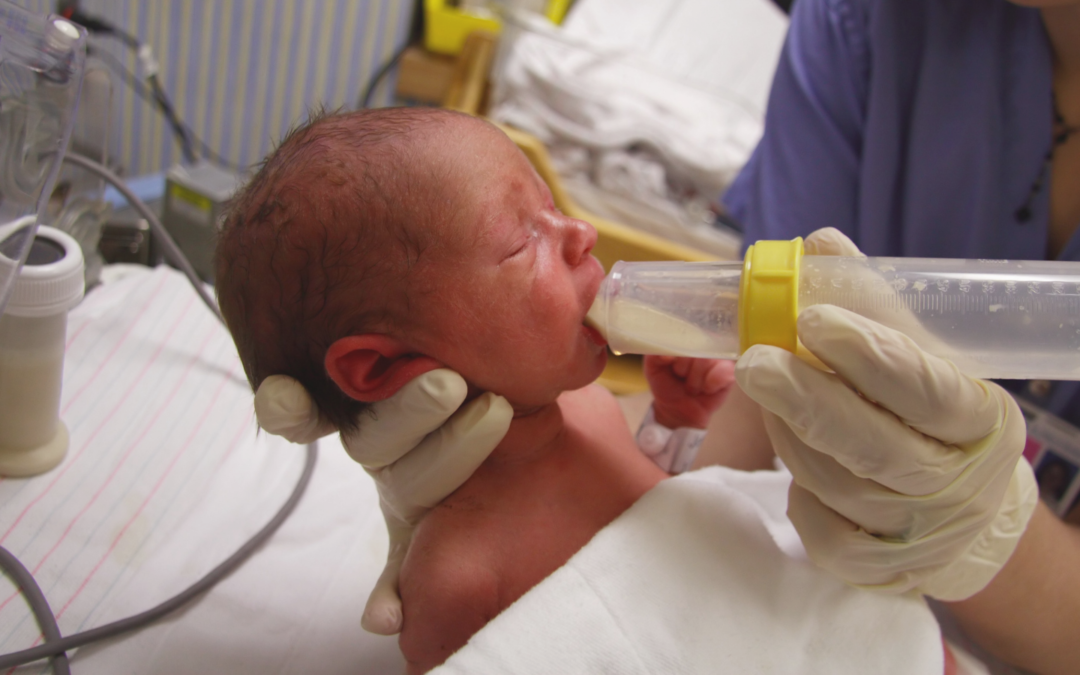 The use of such file cabinets makes it possible to calculate the chemical composition of each dish, and at the next menu preparation, taking into account these deviations, the necessary correction is made. Thus, the necessary content in the menu of children of full-fledged products and the compliance of the chemical composition of the diet with the current standards are achieved.
The use of such file cabinets makes it possible to calculate the chemical composition of each dish, and at the next menu preparation, taking into account these deviations, the necessary correction is made. Thus, the necessary content in the menu of children of full-fledged products and the compliance of the chemical composition of the diet with the current standards are achieved.
Conditions for the rational nutrition of preschool children and the diet - this is an exact condition in the proper organization of nutrition. At preschool age, four meals a day are necessary and recommended with intervals between individual meals of 3.5-4 hours. In addition, a daily second breakfast is organized with an assortment of fruits and juices. The correct diet also provides for the appropriate distribution of consumed products during the day. In the first half of the day, it is recommended to include foods rich in protein and fat in the child’s diet; for dinner, easily digestible vegetables, fruits, dairy, cottage cheese, and fish dishes should be given. Children receive the main part of the daily ration precisely in the preschool educational institution, therefore, the organization of nutrition should provide for the provision of children with most of the nutrients and energy they need.
Children receive the main part of the daily ration precisely in the preschool educational institution, therefore, the organization of nutrition should provide for the provision of children with most of the nutrients and energy they need.
Approximate 10-day menu of MDOU "Kindergarten "Firefly"
Principles of catering
The basis is the observance of the recommended food sets. They include the main groups of products to satisfy the physiological needs of preschool children in basic nutrients and provide them
Here, the creation of a favorable emotional and environmental environment in the group is of great importance. Children should be provided with appropriate utensils, it is comfortable to sit at the table. The organization of food for children should be combined with the proper nutrition of the child in the family. supplemented the diet of the kindergarten. To this end, parents need to be informed about the products and dishes that the child received during the day. When talking with parents about nutrition, it is important to warn them that they should not be fed before sending the child to kindergarten, because this violates the diet, leads to a decrease in appetite. But if the child is brought very early, you can give him tea, juice or some kind of fruit.
When talking with parents about nutrition, it is important to warn them that they should not be fed before sending the child to kindergarten, because this violates the diet, leads to a decrease in appetite. But if the child is brought very early, you can give him tea, juice or some kind of fruit.
Nutrition during the adaptation period.
Considering the organization of children's nutrition, we especially pay attention to the peculiarities of the child's nutrition during the period of adaptation. The transition of a child from home education to education in a children's team is almost always accompanied by certain psychological difficulties. The younger the child, the more difficult it is for him to adapt in the team. Often at this time, sleep is disturbed, appetite worsens, and the overall resistance of the body to diseases decreases. Proper nutrition during this period helps to accelerate the adaptation of the child in the team.
Since last year, we have made it a rule to hold parent-teacher meetings for future pupils, where one of the topics is the organization of regime moments, catering. We talk with parents about what needs to be taught, firstly, to the diet, and secondly, to those dishes that are often given in kindergarten. Consultations are also held with educators on the organization of nutrition, respectively, children who are not accustomed to eat on their own need to be fed and vice versa, if a child refuses food during this period, do not force feed in any case, this will further strengthen the negative attitude towards kindergarten. (not a full day can be fed at home)
We talk with parents about what needs to be taught, firstly, to the diet, and secondly, to those dishes that are often given in kindergarten. Consultations are also held with educators on the organization of nutrition, respectively, children who are not accustomed to eat on their own need to be fed and vice versa, if a child refuses food during this period, do not force feed in any case, this will further strengthen the negative attitude towards kindergarten. (not a full day can be fed at home)
Sanitary requirements for the catering department.
The most important condition for the proper organization of children's nutrition is strict observance of sanitary and hygienic requirements for the catering department and the process of preparing and storing food. The employees of the catering department must clearly know and strictly observe the rules of personal hygiene and sanitary norms and rules.
In organizing the process of aesthetics of children's nutrition, we always involve the parents of the pupils.



